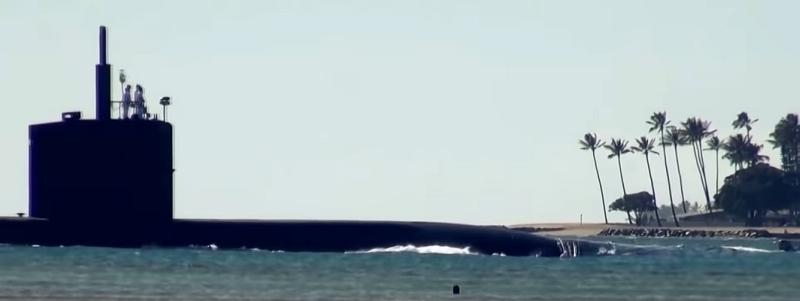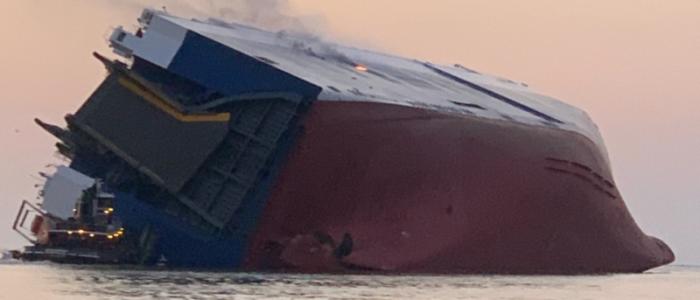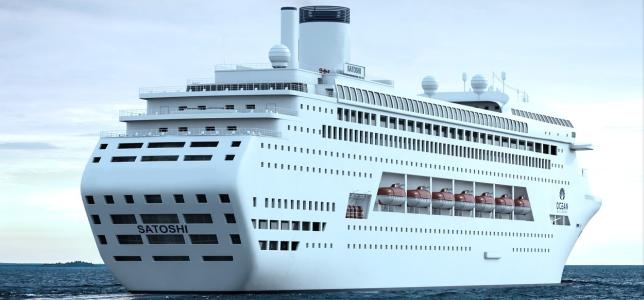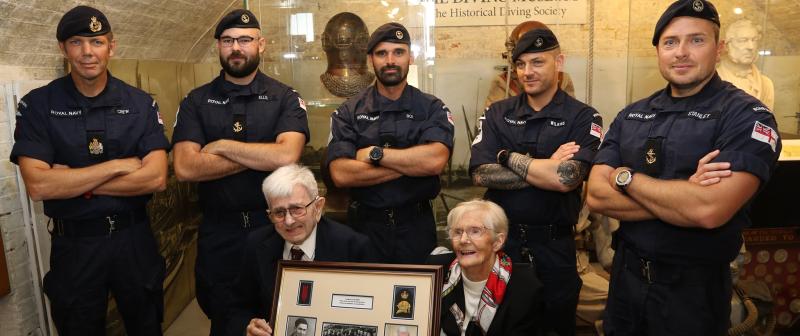 AP reports that President Joe Biden announced on Wednesday a new U.S. security alliance with Australia and Britain that will provide Australia with the technology and capability to deploy nuclear-powered submarines.
AP reports that President Joe Biden announced on Wednesday a new U.S. security alliance with Australia and Britain that will provide Australia with the technology and capability to deploy nuclear-powered submarines.
The agreement would make Australia the first country without nuclear weapons to obtain nuclear-powered submarines. The United States has previously only shared the technology with Britain in 1958. The submarines will be nuclear-powered but not armed with nuclear weapons.
Current plans are to build at least eight nuclear-powered submarines for the Royal Australian Navy in Adelaide, Australia.

 The
The 
 The Guardian recently published “
The Guardian recently published “
 An updated repost. There is a line from a Paul Simon song, “these are the days of miracle and wonder.” One might not think to apply that lyric to the events of 9/11, twenty years ago today, and yet for at least part of that strange and horrible day, they fit. The great
An updated repost. There is a line from a Paul Simon song, “these are the days of miracle and wonder.” One might not think to apply that lyric to the events of 9/11, twenty years ago today, and yet for at least part of that strange and horrible day, they fit. The great  There are moments in history when an individual makes the right choice at exactly the right moment and it makes all the difference. Such was the case with LT. Michael Day on the morning of September 11, 2001, in New York harbor.
There are moments in history when an individual makes the right choice at exactly the right moment and it makes all the difference. Such was the case with LT. Michael Day on the morning of September 11, 2001, in New York harbor.

 Since at least 2007, a variety of large inflatable rubber ducks have been showing up in harbors around the world. Most recently, a 25-foot high inflatable rubber duck appeared mysteriously in Belfast harbor in Maine. The word “JOY” was emblazoned on across its breast. The Belfast Harbor Master Katherine Given told the
Since at least 2007, a variety of large inflatable rubber ducks have been showing up in harbors around the world. Most recently, a 25-foot high inflatable rubber duck appeared mysteriously in Belfast harbor in Maine. The word “JOY” was emblazoned on across its breast. The Belfast Harbor Master Katherine Given told the  From the
From the  In honor of 9/11 and in commemoration of the 20th anniversary of
In honor of 9/11 and in commemoration of the 20th anniversary of 

 Back in 2018, we posted “
Back in 2018, we posted “

 One of the concerns with wind and tidal energy installations is that the turbine blades are built from
One of the concerns with wind and tidal energy installations is that the turbine blades are built from  The
The